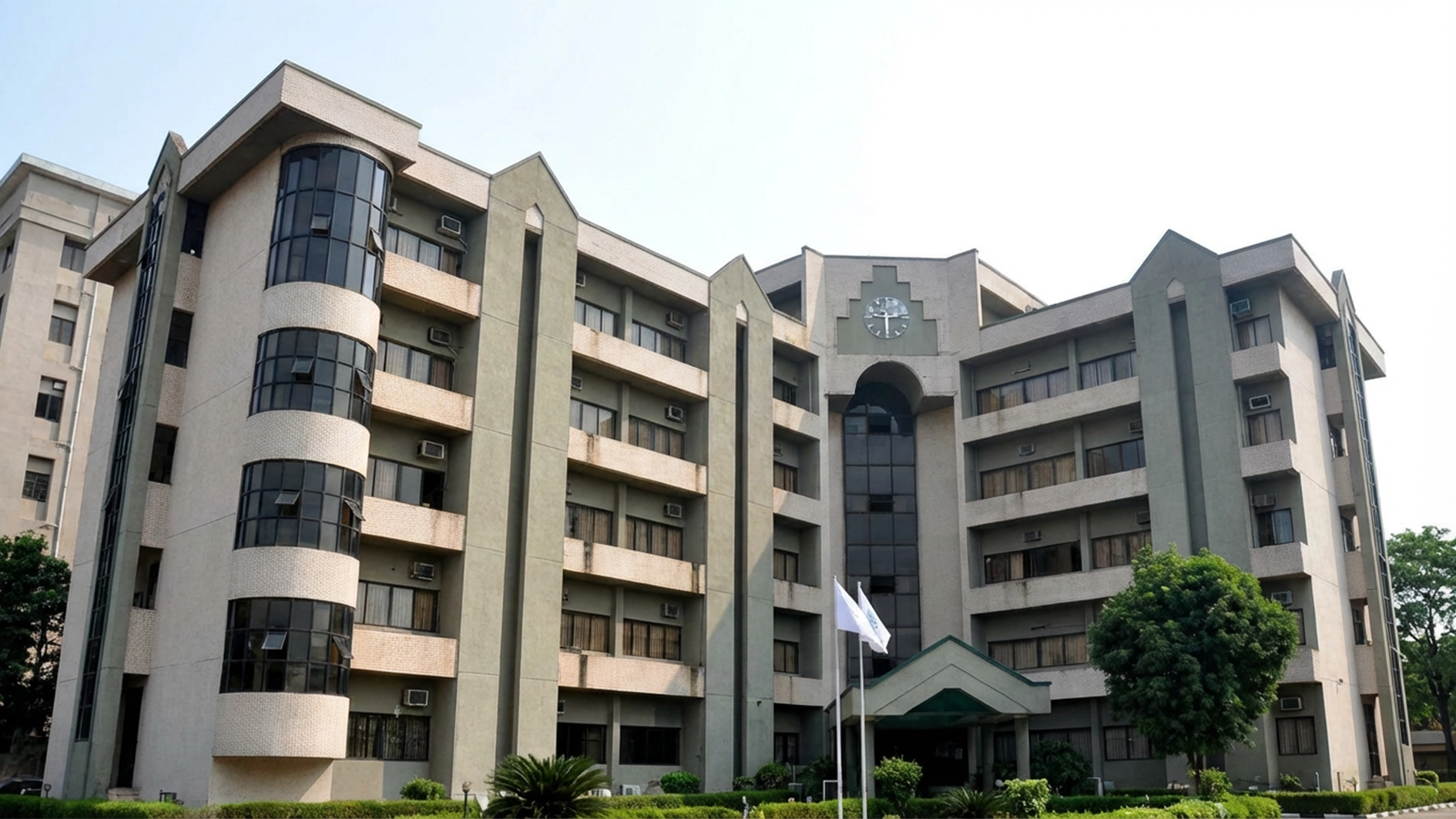 In the growing field of environmental microbiology, Idowu is uncovering critical connections between salinization and antimicrobial resistance (AMR) in watersheds. This pressing issue is at the forefront of scientific inquiry, as increasing salt concentrations in freshwater ecosystems may exacerbate the spread and persistence of AMR, posing serious public health and ecological challenges.
In the growing field of environmental microbiology, Idowu is uncovering critical connections between salinization and antimicrobial resistance (AMR) in watersheds. This pressing issue is at the forefront of scientific inquiry, as increasing salt concentrations in freshwater ecosystems may exacerbate the spread and persistence of AMR, posing serious public health and ecological challenges.
Leveraging advanced molecular and microbiological techniques, Idowu is investigating how elevated salinity influences microbial communities and the genetic mechanisms underlying AMR. By analyzing water and sediment samples across various salinity gradients, Idowu aims to determine how salt-induced stress alters bacterial composition and enhances the selection pressure for resistant strains.
“Salinization has the potential to significantly impact the prevalence of AMR in watersheds by modifying microbial community structures and gene transfer dynamics,” explained Idowu.
Numerous studies have shown that increased salinity can disrupt microbial equilibrium, leading to shifts in bacterial populations and facilitating horizontal gene transfer, the primary mechanism by which resistance genes spread. Furthermore, the presence of salt-tolerant bacteria, which often possess multidrug resistance traits, suggests that high-salinity environments may serve as reservoirs for AMR genes.
The research also explores the role of anthropogenic activities in driving watershed salinization, including road de-icing, agricultural irrigation, and industrial waste discharge. “Human-induced salinization is accelerating at an alarming rate, and our findings indicate that these changes in water chemistry could have far-reaching implications for AMR dynamics,” Idowu noted.
Beyond microbial interactions, the study examines the physicochemical properties of saline environments and their influence on antibiotic degradation and bioavailability. Changes in ionic composition can affect the efficacy of antimicrobial agents, potentially leading to sub-lethal concentrations that promote the survival and adaptation of resistant bacteria.
“The environmental implications are vast,” Idowu emphasized. “If salinization continues unchecked, we could see an increase in resistant pathogens in our water systems, ultimately threatening both ecosystem and human health.”
This study marks a critical step in understanding how environmental changes influence AMR proliferation. By integrating microbiology, hydrology, and environmental chemistry, Idowu and other collaborators are developing predictive models to assess AMR risks associated with watershed salinization. “Our work bridges the gap between environmental science and public health, providing essential insights for policymakers and resource managers,” Idowu explained.
The findings have significant implications for water quality management and antibiotic stewardship. As researchers continue to uncover the complex interactions between salinity and AMR, they emphasize the need for sustainable watershed management strategies to mitigate these risks. “By addressing salinization and its impact on AMR, we can take proactive steps to protect our freshwater resources and reduce the burden of antibiotic resistance on society,” Idowu concluded. With ongoing research efforts, the future of environmental and public health protection looks promising.






